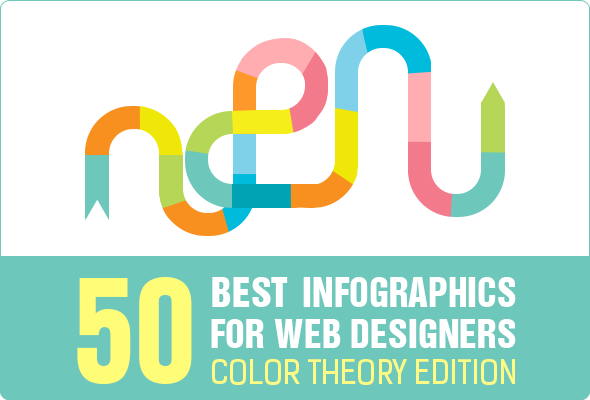The Advancement Of Internet Site Layout: From Past To Present
The Advancement Of Internet Site Layout: From Past To Present
Blog Article
Authored By-Carstens Bowles
In the past, internet sites were straightforward and focused on details. Navigating was straight, and design was for desktop computers. Now, individual experience is crucial. Information guides layouts for easy navigation. Responsive formats match various gadgets. Today, dark setting lowers pressure, and minimal food selections improve navigation. Interactive features engage customers, and bold visuals attract attention. AI combination enhances involvement. See how layout has actually advanced to boost your on the internet trip.
Early Days of Web Design
In the early days of web design, simpleness reigned supreme. Internet sites were basic, with restricted colors, typefaces, and formats. The emphasis was on giving info rather than showy visuals. Individuals accessed the net through slow-moving dial-up connections, so rate and capability were vital.
Navigating Recommended Webpage were straightforward, normally situated on top or side of the page. Web sites were made for desktop, as mobile browsing had not been yet common. Content was king, and developers prioritized very easy readability over intricate design elements.
HTML was the key coding language made use of, and designers needed to work within its constraints. Animations and interactive features were very little compared to today's standards. Sites were fixed, with little vibrant material or individualized customer experiences.
Rise of User-Focused Style
With the advancement of internet site layout, a shift towards user-focused design concepts has actually come to be significantly popular. Today, producing sites that prioritize user experience is important for engaging site visitors and attaining service goals. User-focused layout includes comprehending the requirements, choices, and behaviors of your target audience to customize the site's design, web content, and features appropriately.
Designers currently conduct comprehensive study, such as customer studies and functionality screening, to collect insights and responses directly from users. This data-driven technique helps in developing intuitive navigating, clear calls-to-action, and aesthetically attractive interfaces that resonate with visitors. By putting the customer at the center of the design procedure, web sites can supply an extra personalized and enjoyable experience.
Responsive design has actually likewise emerged as an essential element of user-focused design, ensuring that internet sites are enhanced for various tools and screen sizes. This adaptability improves ease of access and use, satisfying the diverse methods individuals communicate with sites today. Essentially, the rise of user-focused design indicates a change in the direction of creating electronic experiences that prioritize the demands and assumptions of completion customer.
Modern Trends in Website Design
Discover the current fads forming website design today. One famous trend is dark mode style, supplying a sleek and contemporary appearance while decreasing eye strain in low-light atmospheres. An additional vital fad is minimal navigation, simplifying menus and improving customer experience by focusing on essential elements. Incorporating https://wordpress-seo-plugins-rev17394.vblogetin.com/35478868/elevate-your-online-existence-with-specialist-web-design-techniques -interactions, such as computer animated buttons or scrolling impacts, can create an extra interesting and interactive web site. Receptive style continues to be critical, ensuring smooth individual experiences throughout different gadgets. In addition, making use of vibrant typography and asymmetrical designs can include aesthetic interest and draw attention to particular web content.
Incorporating AI technology, like chatbots for consumer assistance or personalized suggestions, enhances user engagement and streamlines processes. Access has also come to be a substantial fad, with designers focusing on inclusive design methods to accommodate varied user requirements. Accepting see page by maximizing site performance for speed and efficiency is one more arising trend in website design. Working together with customer responses and data analytics to repeat and boost design continuously is necessary for remaining relevant in the ever-evolving electronic landscape. By embracing these modern-day fads, you can create a visually appealing, easy to use site that resonates with your audience.
Conclusion
As you reflect on the evolution of web site layout from the very early days to currently, you can see how user-focused style has come to be the driving pressure behind contemporary patterns.
Embrace the journey of modification and adaptation in web design, always keeping the customer experience at the forefront.
Keep current with the most up to date patterns and technologies, and never stop developing your approach to create visually stunning and easy to use web sites.
Progress, adapt, and create - the future of web design is in your hands.
